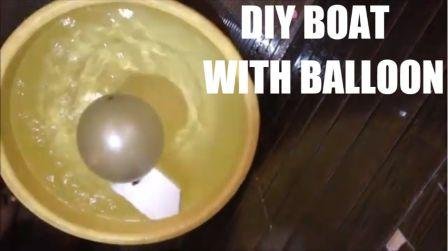Here are 15 science experiments that involve bottles and balloons, offering a range of educational and fun activities:

Experiments with Bottles and Balloons:
- Balloon Inflation with Vinegar and Baking Soda:
- Place baking soda in a balloon, then attach the balloon to the neck of a bottle containing vinegar. Tip the baking soda into the vinegar to create a chemical reaction that inflates the balloon.
- Balloon Rocket:
- Attach a straw to a balloon and secure it with tape. Thread a string through the straw, then blow up the balloon and release it to create a rocket propelled by escaping air.
- Gas Expansion with Heat:
- Fill a balloon with air and tie it. Place the balloon over the neck of a bottle filled with hot water to observe how the balloon inflates due to the expansion of air inside.
- Balloon Static Electricity:
- Rub a balloon on your hair or fabric to create static electricity. Hold the balloon near small pieces of paper or a stream of water from a tap to observe its effects.
- Balloon Barometer:
- Fill a balloon with air and tie it securely. Attach it to a straw taped to a bottle with a pinhole in its side. Changes in air pressure cause the balloon to expand or contract, moving the straw.
- Balloon-Powered Car:
- Build a small car using a plastic bottle as the chassis. Attach inflated balloons to the opening and release them to power the car forward.
- Balloon Skewer Challenge:
- Inflate a balloon and tie it. Push a wooden skewer through the balloon without popping it, demonstrating the strength of the rubber material.
- Balloon Air Pressure Experiment:
- Inflate a balloon and tie it off. Place it in a freezer for a few minutes, then remove and observe how the cold temperature reduces the volume of air inside the balloon.
- Balloon Lung Model:
- Inflate a balloon and tape it to a plastic bottle. Attach a straw to the balloon and use it as a model to demonstrate how lungs inflate and deflate during breathing.
- Balloon and Bottle Musical Instrument:
- Stretch a balloon over the opening of a bottle. Pluck or tap the balloon to create sounds and explore pitch variations by adjusting the balloon’s tension.
- Balloon Buoyancy:
- Fill a bottle with water and seal it with a balloon stretched over the opening. Squeeze the bottle to change the pressure and observe how the balloon reacts.
- Balloon Fire Extinguisher:
- Inflate a balloon and hold it over a lit candle. Slowly release the air to extinguish the flame, demonstrating the principle of displacing oxygen.
- Balloon Submarine:
- Fill a bottle with water and place a balloon inside, partially inflated. Seal the bottle and squeeze it to demonstrate how changes in pressure affect the balloon’s size.
- Balloon Lung Capacity:
- Use a balloon to measure lung capacity by inhaling and exhaling into it. Mark the volume of air in the balloon after each breath to visualize lung capacity changes.
- Balloon Density Experiment:
- Fill balloons with different substances (e.g., air, water, sand) and observe how their density affects their behavior when placed in water or other liquids.
These experiments can be adjusted and expanded upon to suit different educational levels and interests, providing a hands-on way to explore scientific concepts using simple materials like balloons and bottles.

